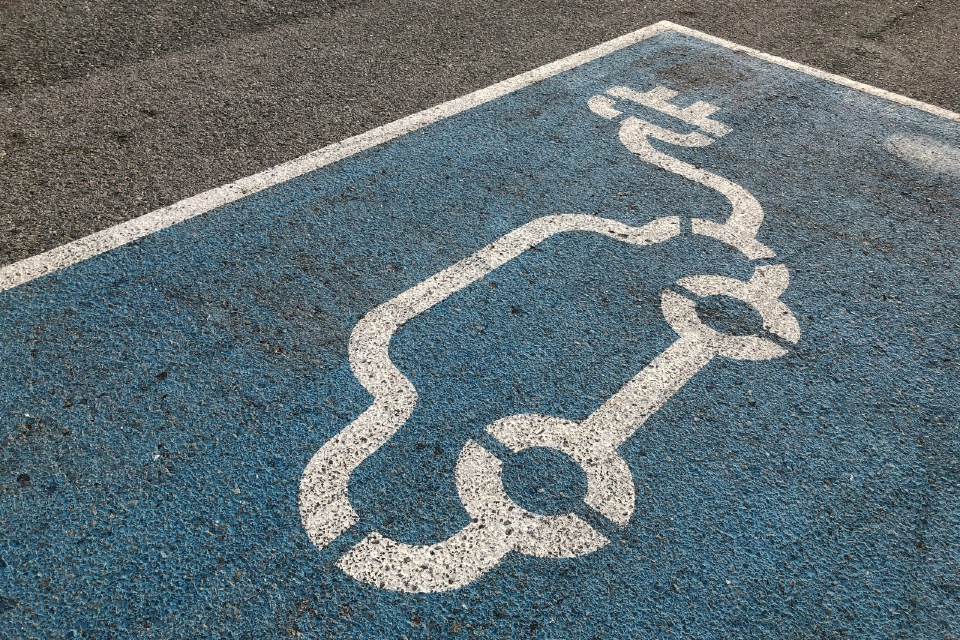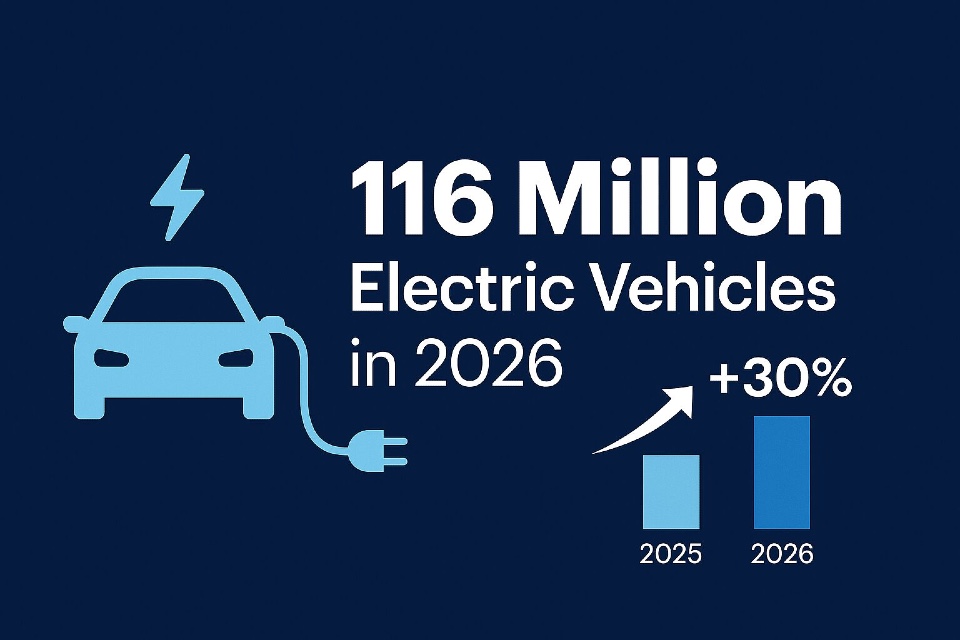New research has found that two-thirds of vehicles (cars and vans) operated by private and public sector organisations in the UK are ready to go electric — contrary to increasing industry and media pessimism around electric vehicle (EV) adoption.
Geotab’s ‘Taking Charge: On the Road to an EV Future’ report analysed driver data from 1.3 million vehicles across seven countries over 12 months. It found that fleets switching to EVs could reduce 2.2 billion gallons of fuel from conventional vehicles while avoiding approximately 19 million metric tons of CO2 emissions over the next seven years.
From the analysis, the UK was also singled out as by far the most ‘EV suitable’ market in Europe. That is despite having some of the poorest national EV incentives on offer compared to the other European countries in the report. France, Germany, Italy and Spain all currently offer EV buyers up-front purchase incentives*, whereas the UK government withdrew the Plug-in Car Grant in 2022.
Geotab found that 66% of light-duty vehicles (cars and vans) in the UK are ready to go electric and, crucially, save money for the organisations running them. The UK’s EV suitability compares favourably to other markets covered in the report, which includes Canada (with an EV suitability of 50%), Spain (43%), the United States (38%), Germany (35%), Italy (28%), France (20%).
The 66% figure for the UK is based on a typical seven-year replacement cycle for a fleet vehicle. Expanding this period to 10 years would increase the percentage of fleet cars and vans in the UK ready to go electric to 73%, based on the fact that EVs have a longer usable lifespan than their petrol and diesel counterparts thanks to service, maintenance and repair (SMR) savings.
“The idea that the UK is not ready for mass EV adoption is a fallacy,” said David Savage, Vice President for the UK and Ireland at Geotab. “On the contrary, it’s time for British businesses to ‘double down’ on fleet electrification – not just for the good of the environment and our collective climate goals but for their bottom line. A visionary CEO of a business operating a vehicle fleet could effectively pay their own salary by going electric, thanks to EVs’ financial savings.”
The Taking Charge study delves into real-world telematics data to understand the feasibility of transitioning from internal combustion engine (ICE) vehicles to EVs within light-duty fleets, and the potential financial and CO2 savings available.
The report reveals that by going electric, British private and public sector organisations could reduce the total cost of ownership (TCO) per vehicle by £13,279 over a seven-year period, equating to a saving of £876,414 on a large fleet of 100 vehicles.
These numbers were calculated using Geotab’s proven EV Suitability Assessment (EVSA) tool, which helps fleets transition to electric vehicles. EVSA uses telematics data to understand a fleet’s specific needs to make a tailored EV adoption recommendation. It maps the fleet’s driving patterns against real-world EV performance metrics to pinpoint which fleet vehicles can be replaced with an EV available in that market. The tool also provides a forecast of the financial savings and environmental benefits of making the switch, taking into consideration the purchase price along with fuel and maintenance costs.
When evaluating the suitability of replacing an ICE vehicle with an EV, Geotab looks at two essential factors: Is there a range-capable electric model that can meet the existing daily driving requirements and does it make economic sense to make the switch? Driving patterns can have a major impact on fleet electrification potential as they determine whether a suitable replacement vehicle is available that satisfies the vehicle’s range needs while saving money.
For a replacement to be considered range-capable, it needs to be able to drive 98% of the days that year on a single charge. This 2% margin allows outlier days to exclude abnormal driving distance days outside of standard usage. For it to be considered suitable, the EV would have to be both range-capable and economical, i.e. have a TCO that is lesser or equal to a new replacement ICE model.







